Itinerary edited by the UNIVERSITY OF CAGLIARI 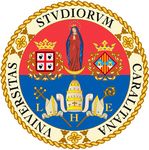

The Herbarium Museum CAG in Cagliari is no exception. Its collection include specimens of the Sardinian flora and, with a total of over 35,000 exsiccata of vascular plants, it offers a fairly good picture of the (past and present) Sardinian landscape, as well as practical information regarding its natural environment. It was founded in 1866, along with the Botanical Garden, thanks to Patrizio Gennari. He also contributed to the first ever categorisation of the flora heritage collected in Sardinia museums (1890: Repertorium florae calaritanae ex horto sicco academico depromptum–Cagliari). From 1856 to 1869, Gennari explored many parts of the island and collected several specimens of plants which served as the basis for the Herbarium, the Botanical Museum of the University of Cagliari (CAG).
Herbaria are places that preserve specimens reflecting the variety of plants in a given area. Their data provide the basis for pure research that can enhance taxonomic and phytogeographical studies. They may also be used in applied research based on biodiversity and environmental monitoring. The Index Herbariorum is a global directory of herbaria and offers information regarding any known plant specimens. It is a point of reference for any scientist interested in verifying whether a new specimen has already been categorised or seeking information regarding existing entries. These exiccatae and the literature produced concerning the collections the Herbarium contains are the solid basis upon which our knowledge of global flora heritage stands. By entering a herbarium we can really understand how varied the earth’s flora is. Exploring plant collections that have been collected and dried allows us to obtain phytogeographical information as well as a better understanding of the way populations shift across the planet. In today’s globalised world, we can easily and efficiently access and share natural and historic collections and data regarding the biodiversity of any specimen. Researchers can gain access to a wealth of data made available by herbaria, thus enabling them to carry out analytical and modelling procedures aimed at evaluating and preserving the world’s floral heritage.
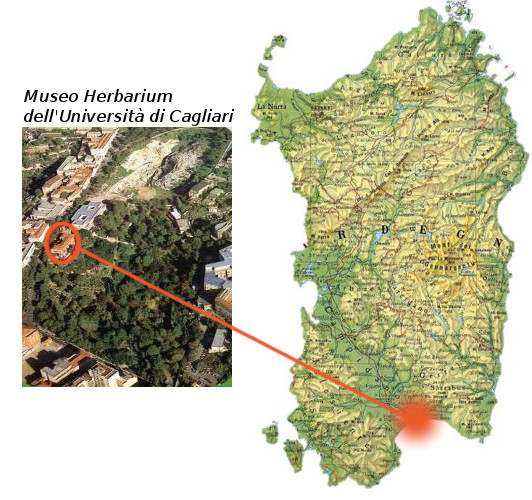
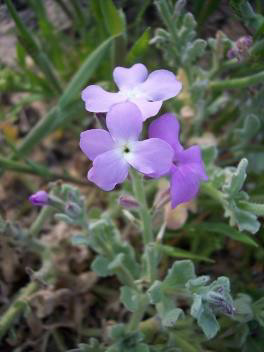
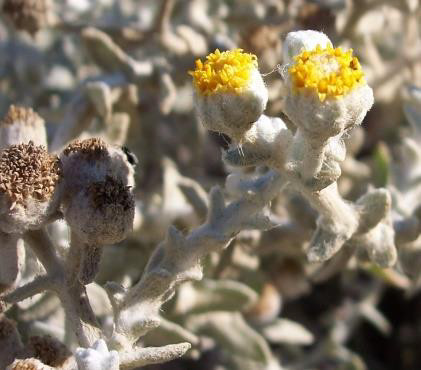
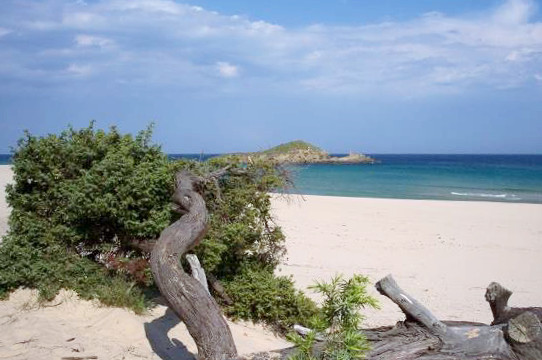
 Sardinia's environments
Sardinia's environmentsPlants have not been introduced randomly across the Sardinia territory. Rather, this process has been the result of their interactions with other living organisms and the surrounding environment. The geomorphological features and climate of an area (e.g. altitude, temperature, light, rain, etc.) are the major factors influencing plant distribution. Different species with similar ecological needs tend to create a close community that occupies a well-defined space, thus finding a balance with what surrounds it. This leads to the formation of the so-called land cover or vegetation. Other local factors, such as lighting, humidity, substrate, wind, etc., can play an important role in the structural and spatial development of plants. Consequently, the vegetation can offer information regarding the surrounding environment.
As an island, Sardinia features a varied environment comprising 2,400 vegetable taxa, which include 322 endemic groups (according to Peruzzi et al. 2014). This is due to the geological formation process the island underwent over time, as well as its morphology and other anthropical factors. If one crosses Sardinia from east to west and north to south, visiting the coastline as well as its mountainous interior, one will surely come across different vegetal landscapes which resulted from both natural and induced transformations that forced the vegetation to develop in more complex or challenging ways. Noteworthy examples include Holm-oak trees, bushes, scrubland, and pastures, which are typical aspects of the Sardinian land.
 Coastline
Coastline
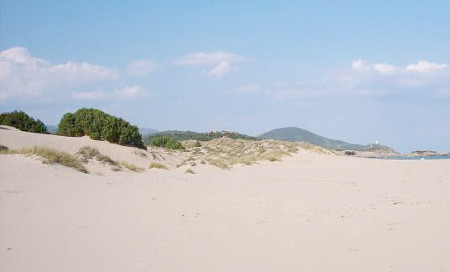
The Sardinan coastline features a diversified flora whose development is influenced by factors such as wind, waves, solar irradiance, aerosols and salinity. Its vegetation includes therophyte species that grow on sand dunes, such as the European searocket (Cakile marittima), and perennial species that grow on developing dunes, like cottonweed (Otanthus maritimus (L.) Hoffmans. & Link), sea stock (Matthiola sinuata (L.) R. Br.), the European beachgrass (Ammophila arenaria (L.) Link) and the Sea Crucianella (Crucianella maritima (L.) Link). Consolidated sand dunes also feature coniferous large-fruited juniper (Juniperus macrocarpa Sm.) and the Phoenicean juniper (Juniperus phoenicea L. var. turbinata (Guss.) Parl.). Coastal areas also feature a type of vegetation that has managed to develop by adapting to salt water (e.g. endemic Limonium species) and extremely salty water (e.g. Salicornia formations). Some parts of the Sardinia coastline have been included in the Red Data List (of threatened species) as they include several endemic plants. Some of these plants can only be found in extremely limited areas of Sardinia.
Go to:
BROWSE THE COLLECTIONS

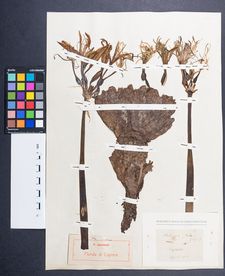
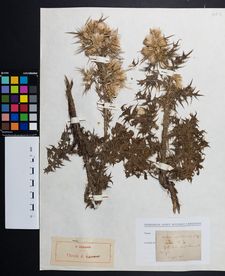
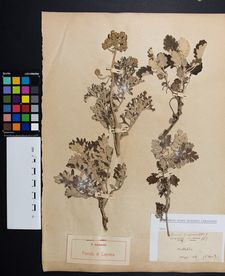
 The Mediterranean Macchia (Maquis)
The Mediterranean Macchia (Maquis)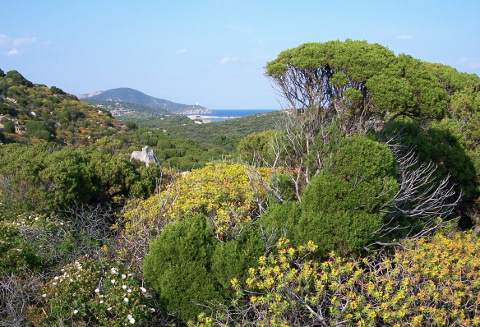
While slowly moving inland, it is possible to find areas that are characterised by shrubland with olive trees, lentisc, phillyrea ( Phillyrea acutifolia L. e P. angustifolia L.), local carob and a tree spurge called “sa Lua e monti” (Euphorbia dendroides L.). In more humid areas, other species can be found; they tend to become predominant as in the case of the strawberry tree (Arbutus unedo L.) and tree heath (Erica arborea L.). When there are no factors impeding its development, flora naturally tends to thrive and spread, which in Sardinia leads to the formation of oak woods (Quercus ilex L.).
A destra: macchia a Euforbia; qui sotto, a sx: macchia a corbezzolo, a dx: lecceta
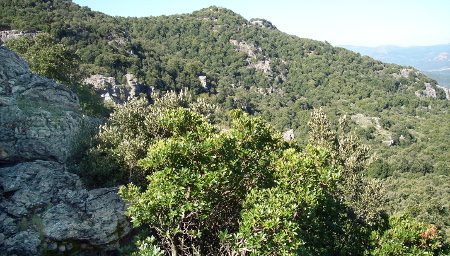
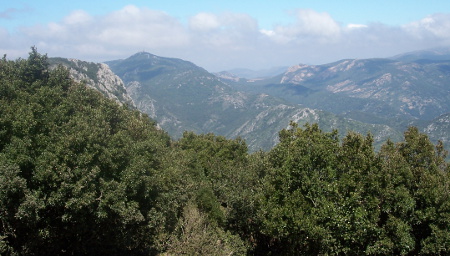
 The internal areas
The internal areas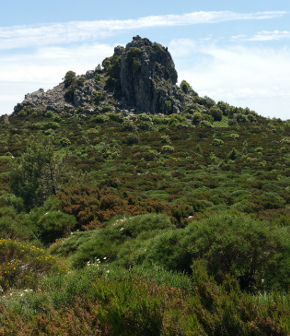
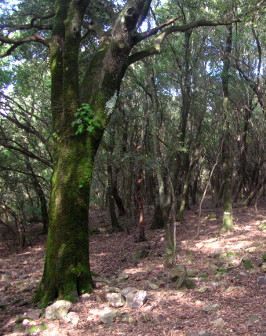
The height that these woods can reach varies from north to south of the island: oak species also vary and their development depends on factors like the surrounding substratum, the amount of rain water received, etc. The northern and north-western areas of the island feature woods of downy oak trees (Quercus pubescens Willd.) whereas warmer parts feature cork oak trees (Quercus suber L.); upland areas mainly have holly trees (Ilex aquifolium L.) and European yew (Taxus baccata L.). The Gennargentu massif is covered with woods and, at higher altitudes, there is a low shrub featuring species such as Berberis vulgaris L. ssp. aetnensis (C.Presl) Rouy & Foucaud, Astragalus sirinicus Ten. ssp. genargenteus (Moris) Arcang., Thymus catharinae Camarda. On the highest peaks, there is a grass cover that includes species such as the Festuca morisiana Parl. and Armeria sardoa Spreng.
 The garrigue and temporary ponds
The garrigue and temporary ponds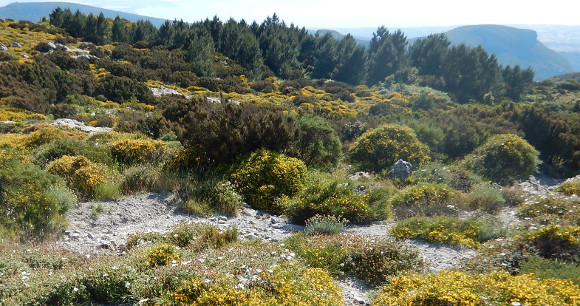
When speaking of the Sardinian landscape, it is impossible not to mention garrigues, a type of scrubland that develops due to interfering factors such as fire and grazing, which cause the degeneration of natural processes. Such vegetal landscapes include cistus (Cistus monspeliensis L., C. salviifolius L., C. creticus L. s.l.), genistas like Genista sardoa Vals., G. ephedroides and G. Corsica (Loisel.) DC., which can only be found in Sardinia. Wood species include Artemisia, Euphorbia, Thymelaeaceae and Lavander. Lower areas display a less varied vegetation with fields mainly covered with asphodel (Asphodelus macrocarpus Parl.), which is a clear sign that the land is used for pasture.
To the right: Gariga, Montiferru.
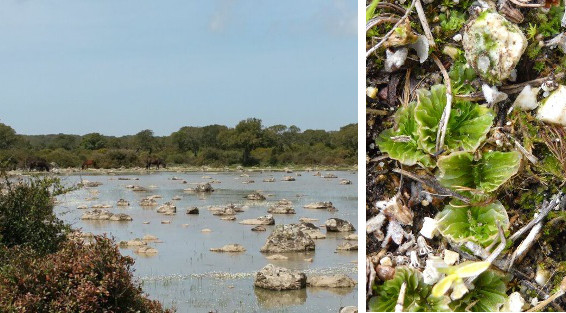
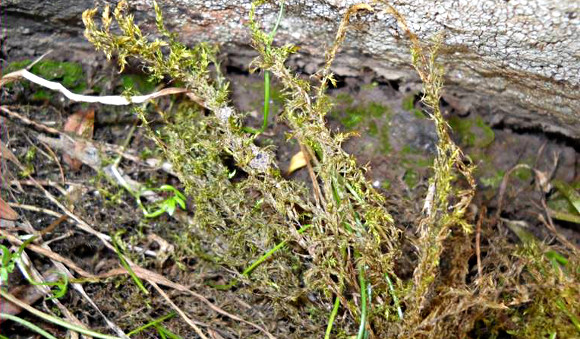
Other typical areas of Sardinia are temporary ponds (Paulis). It is a Mediterranean habitats of Community interest (Directive 92/43 / EEC "Habitat").
In spring, the Paulis are characterized by the blooms of Ranunculus peltatus Schrank subsp. fucoides (Freyn) Muñoz Garm. which cover almost completely the water surface.
To the left: temporary pond,
Giara, april 2015.
To the right: Petalophyllum ralfsii Nees et Gottsche, liverworts included in the Habitats Directive 92/43/EEC
Pteridophytes are represented by Isoëtes gymnocarpa (Gennari) A. Braun., endemic to Sardinia, Corsica, Minorca and Central Italy, I. histrix Bory and I. tiguliana Gennari and the rare Pilularia minuta Durieu while Bryophyta among those most typically connected with such habitats are reported: Archidium alternifolium (Hedw.) Mitt., Leptodictyum riparium (Hedw.) Warnst., Petalophyllum ralfsii (Wils.) Nees & Gott. and especially several species of the genus Riccia.
To the right: Leptodictyum riparium (
Hedw.) Warnst.
This strictly hydrophytic taxon undergoes periods of submersion in spring. It tolerates summer drought by taking refuge at the base of boulders where humidity is conserved.